Introduction: The Deepwater Horizon Oil Spill
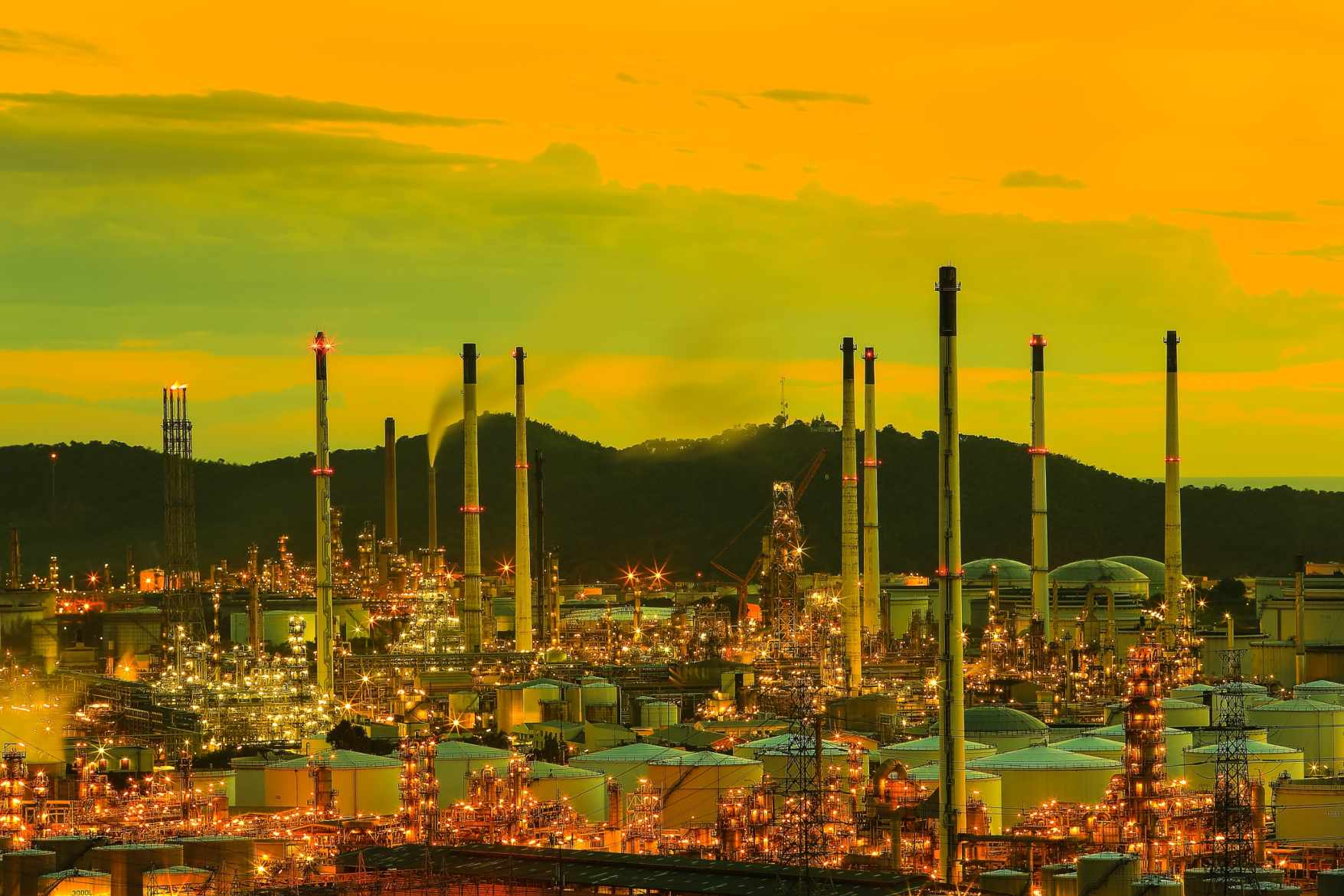
The Deepwater Horizon Oil Spill, popularly known as the BP oil spill, of 2010 began out of nowhere, dangerously, and with lethal force. Be that as it may, the reaction has loosened up for a long time, and researchers say there's still significantly more we want to learn.
It all began when a team on the Deepwater Horizon penetrating rig attempted to shut down an exploratory oil well deep under the Gulf of Mexico. A blast of gas shot up, clasping the drill pipe.
Next, the emergency valve, which was built to cover the well in the event of a mishap, the "blowout defender," fizzled, and the gas arrived at the drill rig, setting off a blast that killed eleven (11) crewmembers.
Throughout the following three months, the uncapped well released more than 300 oversized pools of oil into the Gulf's waters, making it the greatest oil spill in US history. The hole siphoned out more oil than the Exxon Valdez spill in 1989.
To say the least, the spill exposed many individuals to the dangers of penetrating oil in one of the planet's most environmentally rich, socially significant, and economically valuable areas.
Ten (10) years and billions of dollars in cleanup endeavors later, many of the same risks that permitted the disaster to happen remain afloat—waiting patiently in the corner, ready to burst anytime if not managed properly.
To quote Ian MacDonald, a researcher at Florida State University, “It took the better part of six to seven years (after the disaster) to get in place the inspection of blowout preventers and rules about making drilling plans safer and putting commonsense regulations in place, but those have been rescinded,” he explained.
Towards the end, he exclaimed that the administrative climate is fundamentally back to where it was in 2010. Furthermore, more is known now than in recent memory about the Gulf and what the spill meant for its biological systems.
Another sea life researcher at the University of Georgia, Samantha Joye, said, “We’re just to the point now where we have enough data to recognize things we missed earlier, and there’s still a lot we don’t know.” She also urged us to bring forth immediate action and sustainable plans to eliminate this problem for good.
This article will discuss the oil spill in the Gulf of Mexico, its causes and effects on wildlife, and the U.S. Economy.
Finally, we will discuss in detail whether enhanced oil recovery along the Gulf of Mexico was completed a decade later.
Gulf Oil Spill in The Gulf of Mexico
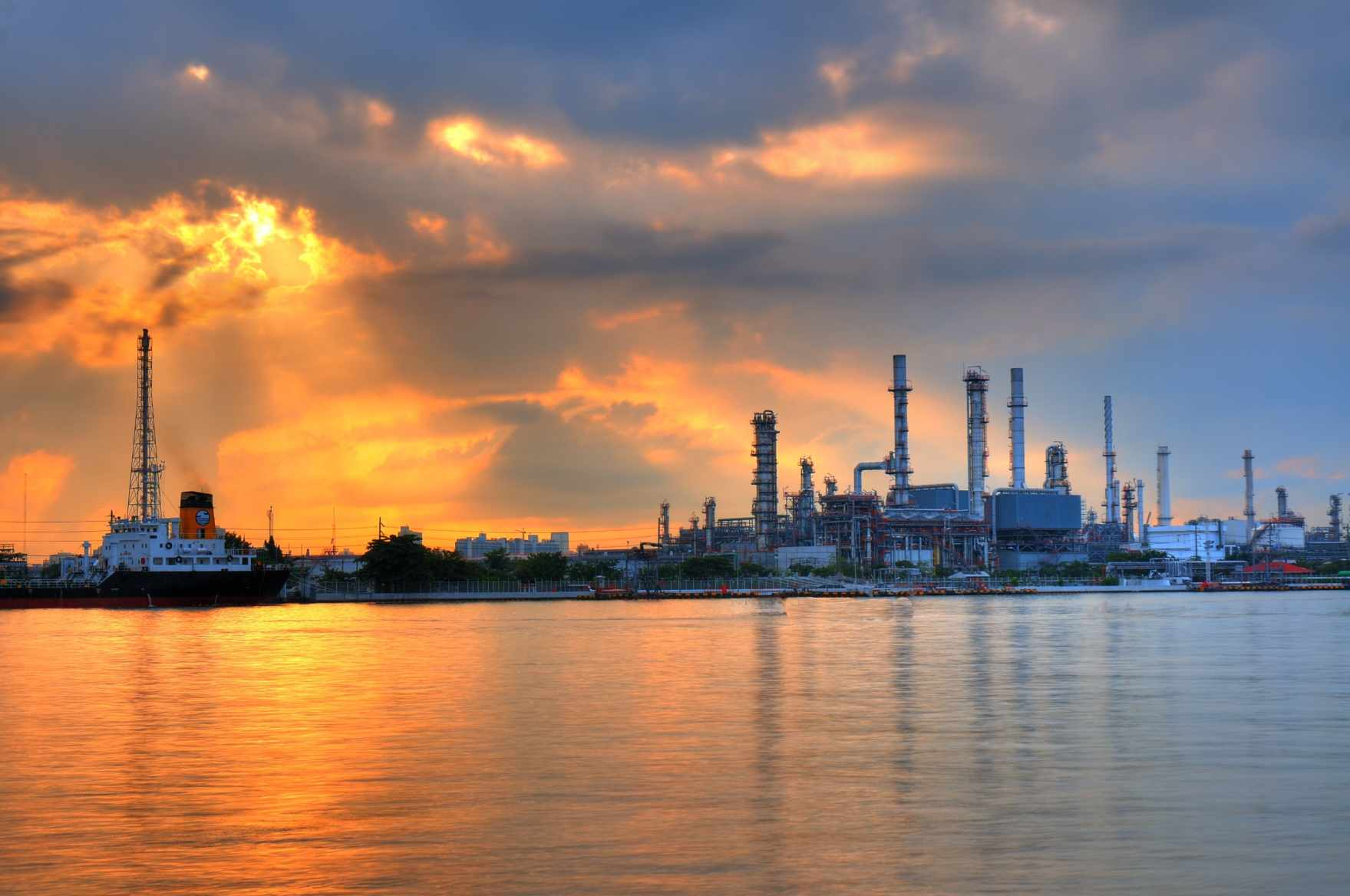
According to a 2018 Consensus Report distributed by the National Academy of Sciences, Engineering, and Medicine, oil and gas companies have been drilling in the Gulf of Mexico for fuel since the 1930s.
Today, the locale accounts for over a fifth of U.S. oil and gas production, according to the U.S. Energy Information Administration estimates.
To give you an overview, the oil beneath the sea floor is made from natural materials, such as the remaining parts of plants and animals caught below a subterranean several years prior.
After some time, tension and heat intensity changed the atoms of those natural materials into hydrocarbons, compounds made of hydrogen and carbon, which are the building blocks of oil and flammable gas.
Consequently, the oil and gas aggregates underground into breaks and pockets between layers of rock tens to many feet thick, called "pay zones" by the oil and gas industry. To date, energy companies have penetrated more than two thousand wells in the Gulf of Mexico.
British Petroleum Company Ltd., commonly known as BP today, is one of the world's biggest oil organizations. Its central base is in London.
The organization rented the Deepwater Horizon rig from the world's greatest oil rig worker for hire, TransOcean, starting in 2001, to look for oil in the space of the Bay that BP named the Macondo Prospect. Subsequently, BP employed Halliburton, an oil field services organization, to assist with operating the rig and conducting the exploration.
The Cause of Deepwater Horizon Oil Spill
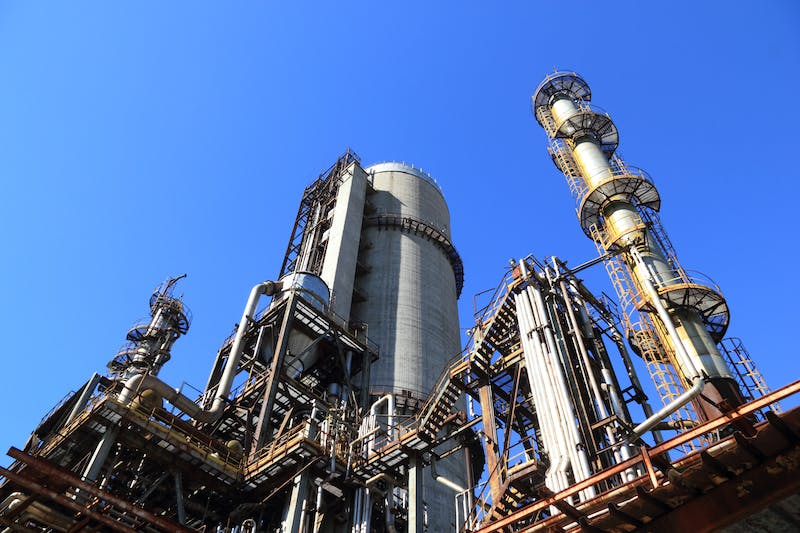
Simply put, the definitive cause of the Deepwater Horizon incident was a progression of preventable stumbles by engineers and laborers who planned and executed a drill plan in the weeks and hours before the incident.
Along the way, several mistakes were subsequently depicted exhaustively in a January 2011 report to the president made by the National Commission on the BP Deepwater Horizon Oil spill and Offshore Drilling, where a group of engineers, legislators, and researchers entrusted by President Barack Obama with examining what caused the blast and oil spill.
Additionally, the crew members of the Deepwater Horizon were positioned 4,992 feet, or 1,521 meters, above the ocean floor and had to rely on information from submerged instruments to make their decisions.
The group worked with huge, weighty steel materials and combustible oil in a characteristic framework that can be quite eccentric. Moreover, the activity was overseen by many project workers and subcontractors, which implied a high chance of miscommunication.
Furthermore, the Deepwater Horizon oil rig left its past post in the Gulf of Mexico and showed up at the Macondo well in January 2010. And so, by early April 2011, the rig's group was gathered and ready to finish the three responsibilities expected before oil could be consistently pulled from the Macondo Prospect:
1. First, they needed to bore into the bedrock and fit a metal cylinder into the passage.
2. Next, they needed to pour concrete down the cylinder to seal it set up.
3. Lastly, they would cautiously eliminate the Deepwater Horizon rig from the well and supplant it with a more modest, affordable production apparatus to routinely extricate oil.
Problem With The Drilling Mud
During the drilling process, issues started appearing. BP needed to stop penetrating the seabed around 2,000 feet, or over 6,000 meters, higher, indicating that the strain was excessively high.
Then, they needed to fix the opening with packaging that included a concrete pipe that could keep the opening from collapsing. A shorter casing or packaging would be simpler to solidify into place and was considered more secure by PC models; however, the company, at last, chose to utilize a more extended casing, which would be less inclined to oil spillage.
However, cement would be siphoned into the space between the packaging and the encompassing Earth to hold the casing. For everything to fall into place, the concrete should encompass the packaging equitably; otherwise, it will tend to be temperamental and helpless against oil spilling in from the sides.
To guarantee an even, cozy fit, engineers fitted the casing with centralizers, which are metal cylinders with metal segments on each side. PC models suggested that the packaging fit with 21 centralizers; however, BP engineers decided to embed just six centralizers due to a stock deficiency. As a result, the risk of the concrete being encompassed in the packaging increased unevenly.
The Halliburton Operation
Months before the catastrophe, Halliburton conducted tests showing that the concrete wasn't steady. This implies that it could have pores that allow fluids and gases to pass through it. Moreover, Halliburton shared some of these test results with BP. However, the company chose to continue.
The crew, consisting of representatives from Transocean and Halliburton, finished cementing after midnight on April 20. By then, BP and Halliburton's delegates had examined a valve to ensure that the tension from the concrete was not pushing an excess of fluid up into it.
After two or three hours, the BP and Halliburton delegates messaged individuals from their particular groups to affirm that the cementing task had been a triumph—or so they thought.
During the last step, the activity turned out badly when the group wanted to follow many unsafe methodologies to segregate Deepwater Horizon from the well to account for a more modest rig.
During the interaction, crew members directed positive pressure or tension tests to guarantee no gas had spilled into the well. The negative pressure test should have cautioned them already that there was a hole, yet they misconstrued the outcomes.
At 8:00 p.m. local time, the group reasoned that all was great. However, that was a slip-up because vaporous hydrocarbons had spilled into the well.
When vaporous hydrocarbons enter a well, they expand in size to occupy the space, shooting up the pipe in what is known as a "kick." This specific incident occurred at Deepwater Horizon.
Then, the group shut the blowout preventer, a seal that prevents the extending particles from moving up the well to the rig. However, to their dismay, they had reached the point of no return.
The particles moved at an increasing pace up the pipe until, at around 9:40 p.m., the power of the rising gases in the pipe pushed mud out onto the rig's floor. A couple of moments later, the vaporous hydrocarbons wrapped an enormous region of the rig and met no less than one ignition source.
In other people's theories, it might have been heating or sparks from onboard gear, which ejected in a blast that should have been visible from a long way off. Eleven laborers disappeared during the blast and were assumed dead three days after the incident.
The whole Deepwater Horizon rig overturned a day and a half after the blast on the morning of April 22. This day is, incidentally, Earth Day, a worldwide day for advancing ecological protection—ironic, isn't it?
As the rig sank, it damaged the pipe driving to the well. Oil started spilling from the well, which continued for eighty-seven (87) days.
The Negative Effects of Deepwater Horizon Oil Spill
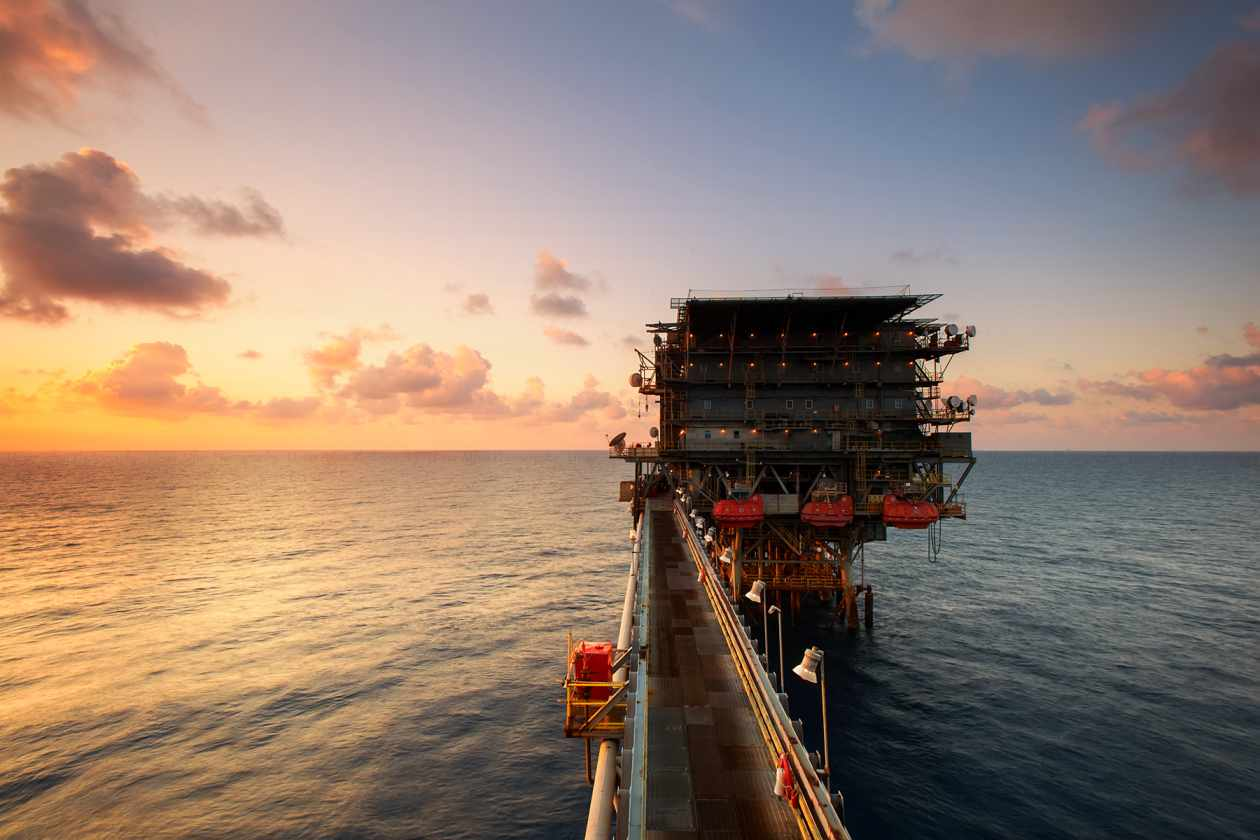
According to the U.S. Environmental Protection Agency, the Deepwater Horizon spill is considered the biggest marine oil spill ever. Court procedures following the spill assessed that 3.19 million barrels of oil were poured into the Gulf of Mexico. This is about fifty percent (50%) of the aggregate sum of oil the U.S. delivered daily in the Gulf of Mexico during the disaster.
News of the accident flooded national television. By June, a Pew Research Center study showed that more individuals opposed the public authority permitting offshore oil and gas drilling in U.S. waters than favored it. In retrospect, this is a sharp flip in public opinion that only endured for two or three months.
Shortly after the explosion and spill, environmental first responders and scientists explored various methods to mitigate the environmental damage, according to the U.S. National Oceanic and Atmospheric Administration (NOAA).
They splashed dispersants, fluids that assist microorganisms in separating oil; set surface oil ablaze to consume it rapidly; encompassed oil with drifting blasts to forestall its spread; and dispatched submerged chambers to contain spilling oil. In the meantime, BP made three attempts to cover the well before it was shut on Sept. 19, 2010.
OIL SPILL EFFECTS ON WILDLIFE
The deepwater horizon spill has negatively affected wildlife. Although specialists are still determining the degree of harm, the effects are extensive and long-lasting.
After the spill, pictures of oil-slicked birds and turtles filled the news, as per a 2012 examination in The Journal of American History. Oiled animals might bite the dust because they can't fly or swim well, which can debilitate them and make them powerless against hunters, as NOAA indicates.
Moreover, NOAA specialists found that around 14,000 ocean turtles and hatchlings passed because of the spill. Each species of shellfish in the Bay was presented to the oil, and numerous dolphins and whales endured wounds, the specialists found.
OIL SPILL AS THE PURVEYOR OF ECONOMIC DAMAGES
The spill's impacts also undulated through the economy, especially on the Gulf Coast. It resulted in pay and employment losses, particularly in Florida, per a 2014 policy brief from a Harvard's Taubman Center for State and Local Government researcher. As it may, occupations and wages expanded in oil-concentrated parts of Louisiana, the state nearest to the spill.
Concerns about seafood safety led to the closure of fisheries in the months following the spill—at one point, 36% of government waters in the Bay were shut down, according to the nonprofit ocean conservation organization Oceana.
Moreover, hotels, restaurants, and fishing charters along the Gulf Coast lost business as tourists canceled their trips, according to a 2014 study by the U.S. Yet, the tourism industry bounced back by 2011, perhaps due to the showcasing cash BP gave the impacted networks.
Gulf Oil Spill Today - Yay or Nay?
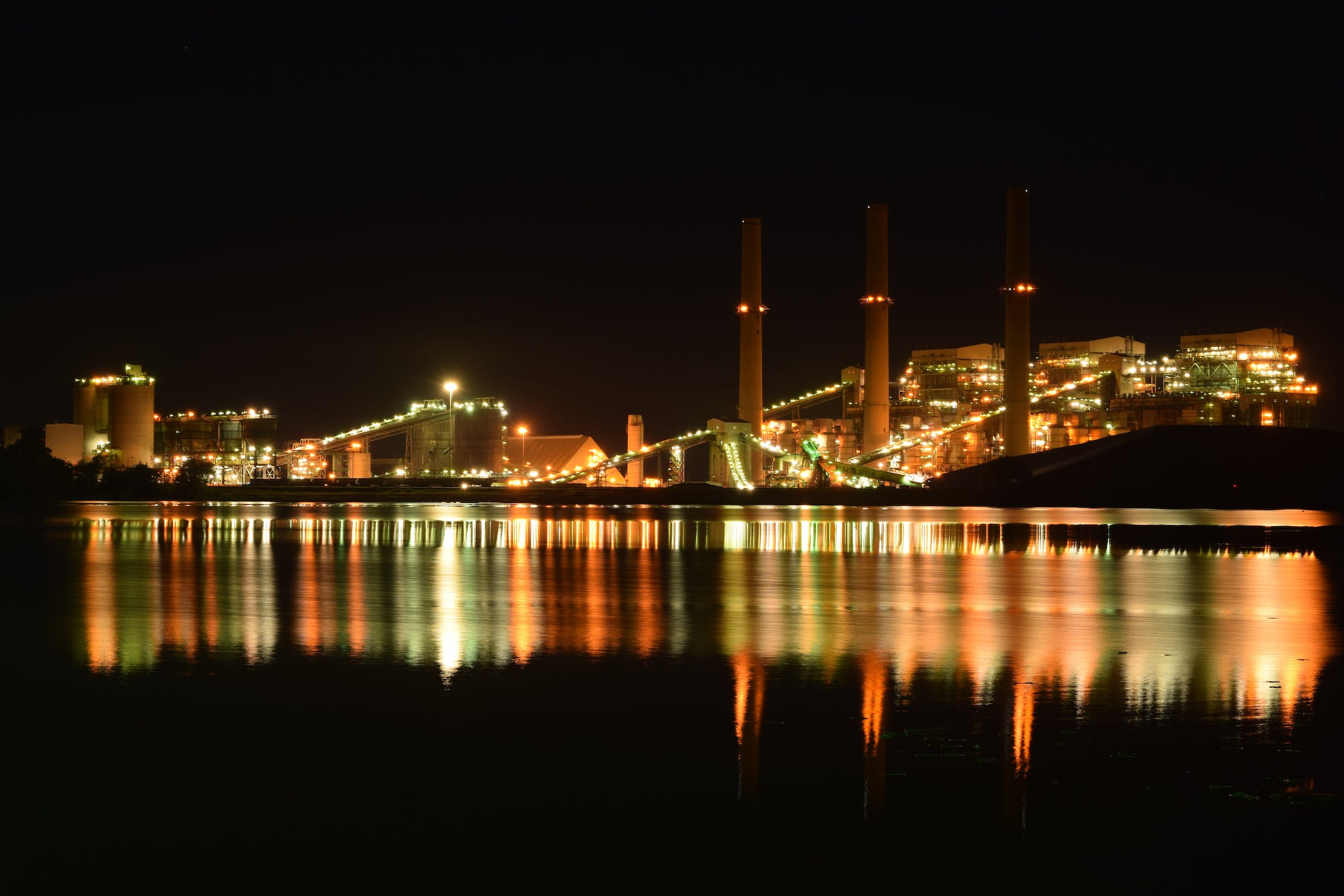
A decade later, modest quantities of exceptionally weathered oil deposits from the 2010 Deepwater Horizon debacle remain in the environment.
For instance, crude oil or raw petroleum is a complex mixture with many components that undergo chemical responses in the climate. These changed synthetics and longer-lasting oil products can influence nearby biological systems, and a better understanding of the destinies of these particles can help future clean-up efforts.
The oil spilled during the Deepwater Horizon incident 2010 was generally changed toward the end of that mid-year.
Yet, some small amounts of compound buildups endured in the climate even a decade later. This most recent review follows the changed destinies of the spilled petrol parts, providing significant information about future spills and various clean-up costs.
Notwithstanding the prolonged persistence of oil deposits, various studies propose that synthetically modified oil parts have numerous natural effects. These new synthetic substances can have various poison levels and actual properties that impact the degree to which wildlife is open to them.
Nonetheless, such changes are exceptionally reliant upon the local conditions and climate, which makes it challenging to anticipate future spills. This examination gives insights into many of the most predominant pathways as oil corrupts the environment.
← Older Post Newer Post →
